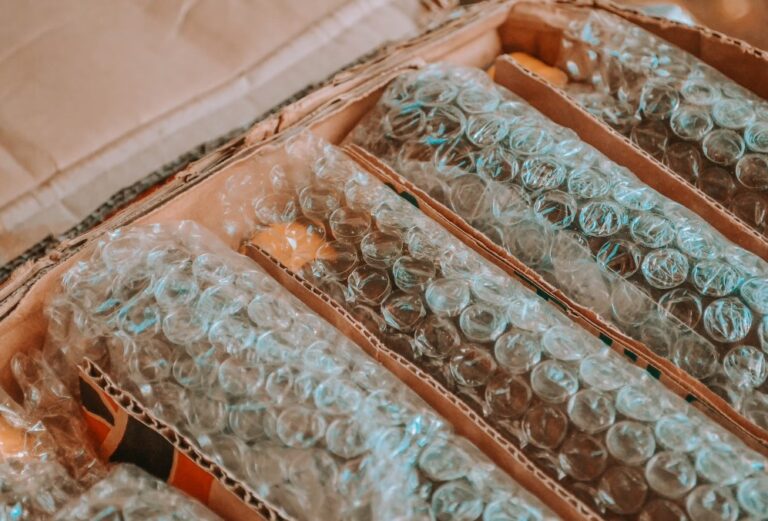Europe continues with the race to support sustainability. After the projects linked to green housing and the traffic bans on diesel and petrol cars, now it is the turn of plastic packaging.
The news dates back to the end of October that the Environment Commission of the European Parliament approved the proposal called Packaging and Packaging Waste Regulation (PPWR). The Regulation aims to strongly encourage the reuse and recovery of the materials that make up packaging, first of all all plastic, to reduce the mass of useless packaging and waste that is produced throughout Europe.
Table of Contents
What does the new regulation provide?
The circular economy is supported and enhanced by the reuse, recovery and recycling of as many materials as possible. For this reason, the Commission intends to ban the circulation and sale of light plastic bags (less than 15 microns) and to cut plastic waste resulting from packaging.
In order not to put some countries in difficulty, a gradual reduction has been proposed: -10% of plastic packaging by 2030, -15% by 2035 and -20% by 2040. By 2029, all member countries of the The EU will have to ensure 90% separate waste collection for all materials that make up packaging, from plastic to aluminium, from paper to glass, from wood to iron.
Furthermore, all packaging will have to guarantee a minimum number of times in which it is reused. Bars and restaurants will have to comply to offer those who purchase take-away food or drinks the possibility of using their own container. Another simple move to reduce the use of bags.
A (bad) growing trend
This choice, criticized by some member countries, was necessary because in 2021 the European Union produced around 84 million tonnes of waste resulting from packaging, a sharp increase compared to the 66 million tonnes in 2009. These numbers suggest that , in 2021, each European citizen produced almost 190 kg of packaging waste. Which will become 209 in 2030 if we do not act immediately.
But the most alarming fact is another. 40% of the plastic and 50% of the paper used in Europe are used for packaging, which is the main destination for new non-recycled materials. With the move of the Environment Commission, however, the packaging sector will have extra leverage to achieve the Net Zero objective by 2050, as indicated by the Paris Agreement.
The expected effects of the new rules
According to Commission experts, if the entire package were validated we would have, by 2030, a reduction from 66 to 43 million tonnes of greenhouse gas emissions without interventions.
And water resources would also benefit, because we would save 1.1 million cubic meters of water consumed in the packaging sector.
Furthermore, the new rules will allow the creation of over 600 thousand jobs in the reuse and recycling of materials sector, especially in terms of small and medium-sized local businesses.
And, last but not least, is the cost of environmental damage for European society and economy, which would see a decrease of 6.4 billion euros by 2030, compared to a context in which packaging is not better regulated.
Read also: Leader countries in plastic ban: the example of Rwanda












